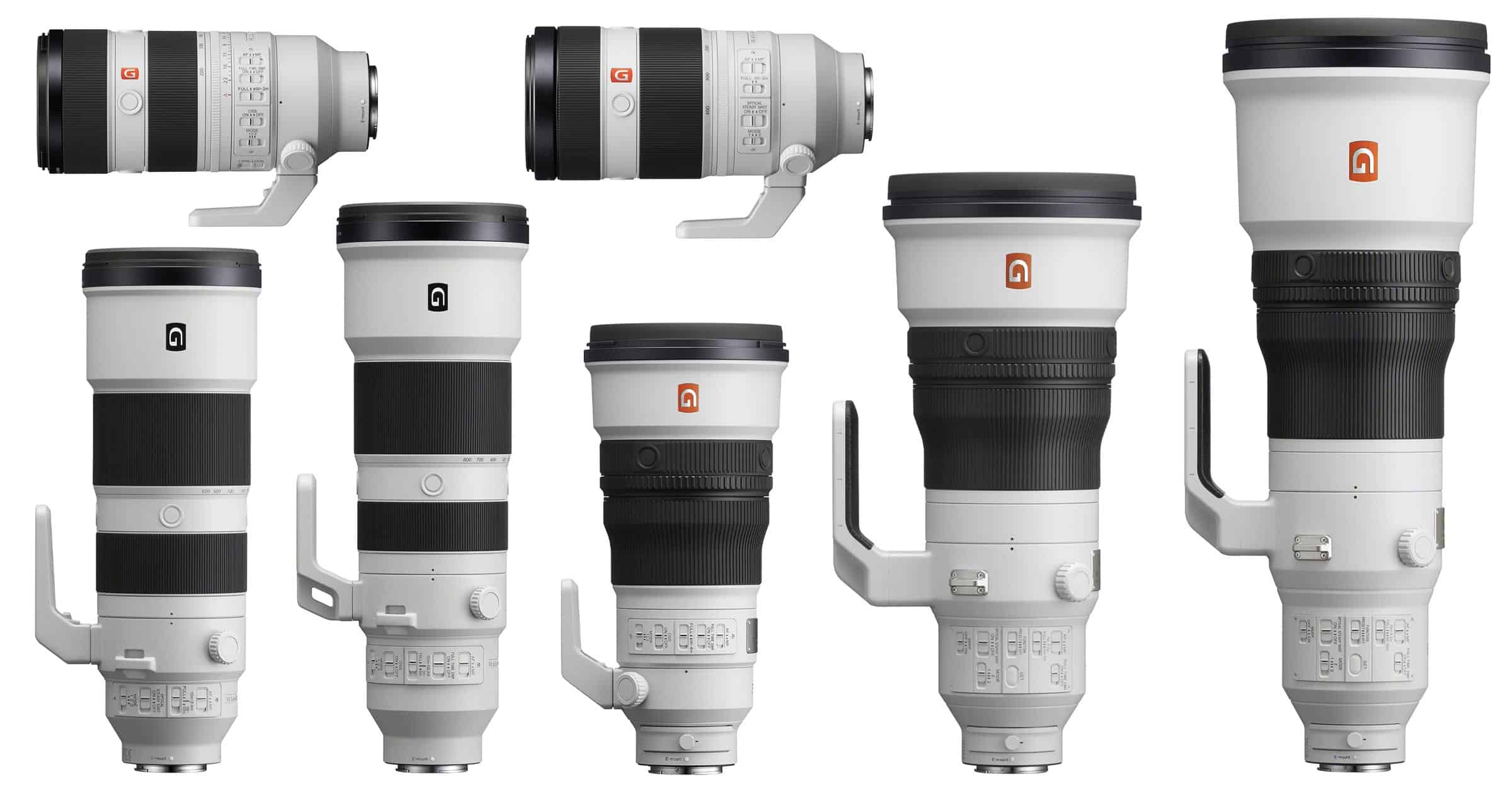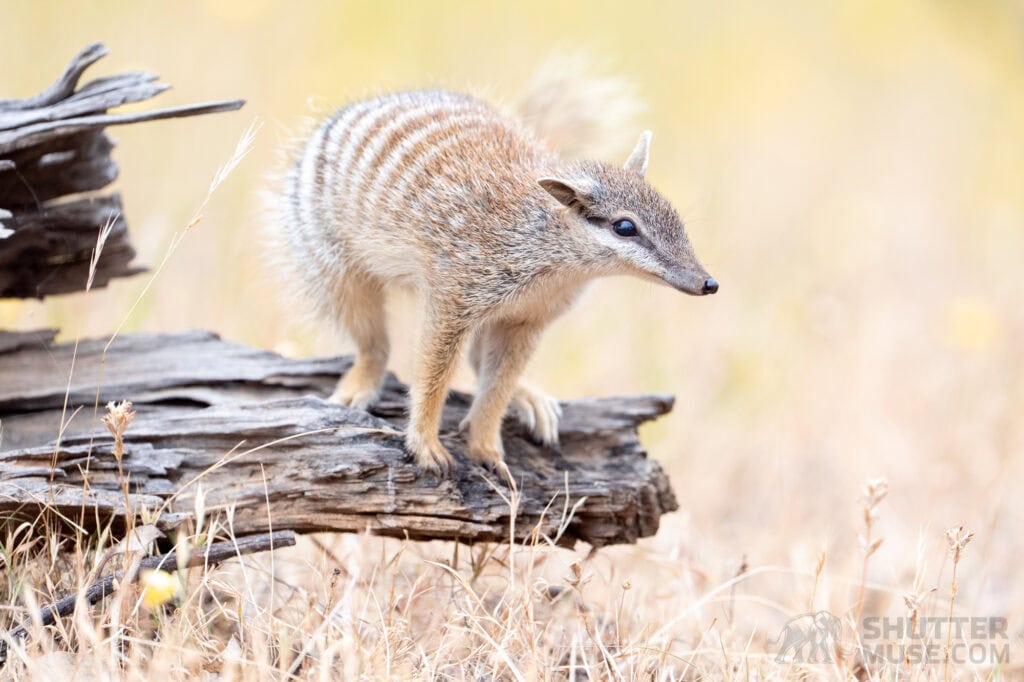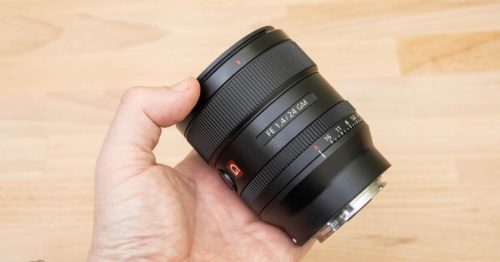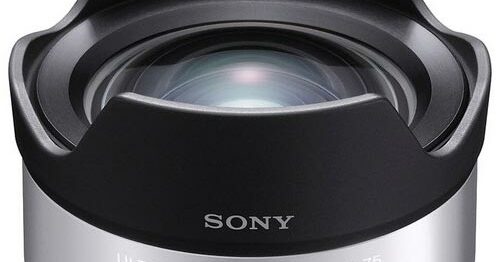Wildlife photographers have a tough choice to make when it comes to picking the best lens or lenses for their Sony cameras. The Sony wildlife lens options are numerous, and the decision often feels critical as, for most people, the telephoto and super-telephoto lenses we’re about to discuss are the most expensive photographic purchases they will ever make. Many lenses on this list cost more than the cameras they will be mounted to, and some cost more than a half-decent used car.
Hesitation about the cost of good wildlife lenses is not uncommon, nor is what I like to call Photo Quality FOMO. This is the fear of missing out on the possibility of a (perceived) higher-quality wildlife photo, having made a significant time and financial investment in getting yourself into the right spot in front of an animal. For example, spending four or five figures traveling to a location on a photo workshop or safari, then wondering if you’d have gotten a “better” result using a different lens. I want you to be confident in your choice.

This article will discuss the recommended Sony wildlife lenses in the E-Mount lineup. I’ll share my experiences with individual lenses and combinations of lenses and discuss the most important considerations when choosing a lens for wildlife photography. Too many people make the wrong choice because they are ill-informed or blinded by a “bigger is better” mentality. I won’t let you fall into that trap.
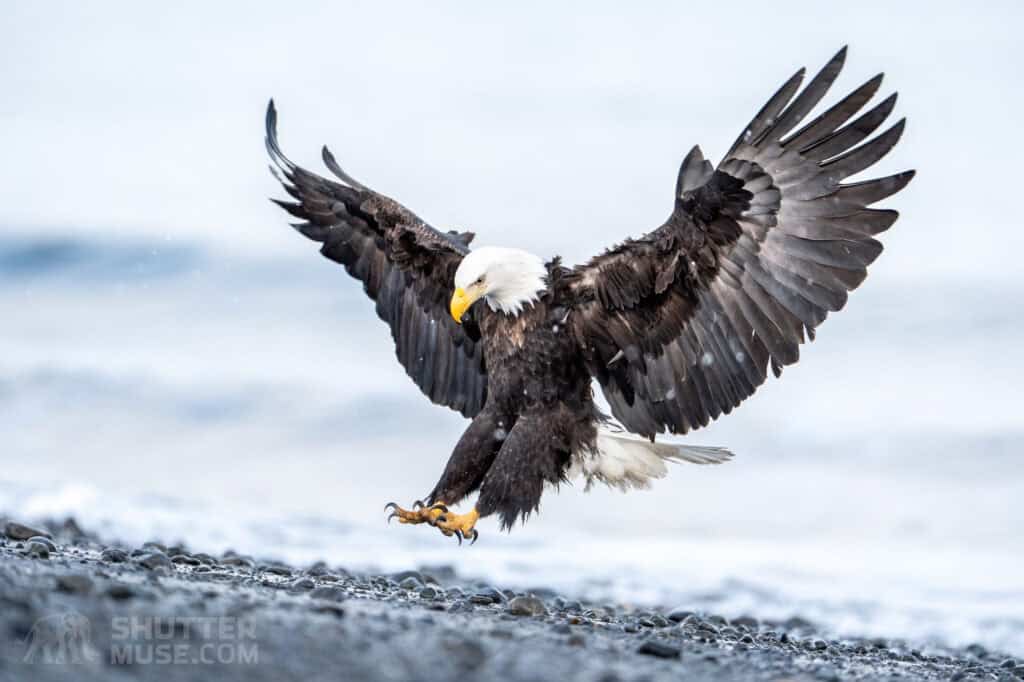
Why trust me? The internet is full of garbage written by AI and people who pretend to use the photo gear they are testing. On the other hand, I get out there and do the work, as evidenced by the images I create along the way and the stories I share with my followers. If you want to support an independent creator, please consider sharing this article, subscribing to my newsletter, leaving a tip, or purchasing through links on this page.
Table of Contents
Do You Know What You Need?
Focal Length
Choosing the right focal length means considering the types of subjects you are likely to encounter or the ones you enjoy photographing. This data point must be considered in parallel with the environments you’ll be shooting in and your physical abilities, as they often dictate whether you can get closer to your subject. Getting closer is usually preferable to shooting with a longer focal length as it decreases the image-softening effect of heat haze/shimmer. However, this, too, must be considered in parallel with the impact a closer proximity may have on the animal’s behavior and your safety.
Below are some rules of thumb. The focal lengths are full-frame. Remember to divide the recommendations by 1.5 if you shoot with an APS-C camera. Also, note that I’m talking about the recommended focal length, not the lens model. For example, while I recommend having at least 600-800mm available for small bird action, I’m not saying you must buy a lens that natively delivers that focal length. Remember, you could also achieve those recommendations using a shorter focal length lens paired with a teleconverter.
- 100-300mm range is excellent for environmental portraiture
- 400-600mm range is great for most mammals and raptors
- 600-800mm range is ideal for mammal headshots, small bird action or timid species
- 800-1200mm can be helpful for small perched birds and tiny mammals
Size and Weight
Understanding your truthful carrying and handling capacity is essential when choosing a Sony wildlife photography lens. It’s no good deciding to get a 600mm f/4 GM if it is too big and heavy to travel with or if your physical condition prevents you from hand-holding it for something like birds in flight, where you cannot reasonably expect to get results when shooting off a tripod.
This understanding of weight also needs to include the need for supplementary lenses to cover your required focal lengths. To use the 600mm GM again as an example, most people using that lens will also want a second lens with less reach to cover things in the 200-600mm region. Can you carry two lenses, or would it be better to use a single zoom lens? Is a lighter prime with teleconverters a better option? I can’t answer any of these capacity questions for you. I can only say that many people aren’t truthful with themselves about what they can or will carry. It’s always better to have something more manageable if it actually gets you out there using it.
Sony 70-200mm f/2.8 GM II


- Release Date – 13th October, 2021
The excitement and wow factor appeal of longer focal lengths often leaves the humble 70-200mm out of wildlife photography lens considerations. I’m here to tell you that would be a mistake with Sony’s second version of this lens, the 70-200mm f/2.8 GM II. The original version of this lens was merely OK, but the Mark II version shaved 29% of its weight and dramatically increased overall sharpness, autofocus acquisition speed, and with-teleconverter performance.
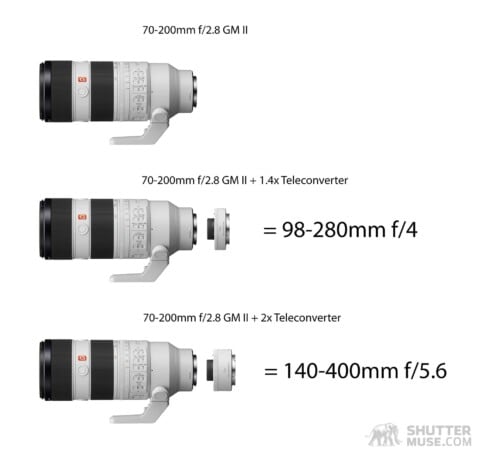
The added focal length flexibility provided by the 1.4x and 2x teleconverters ensures the 70-200mm f/2.8 GM II can more effectively fill the focal length gap beneath Sony’s other popular super-telephoto lenses, making it an ideal second lens for full-frame camera users and potentially a primary lens for APS-C users who can get to a 600mm equivalent FOV when using the 2x teleconverter.

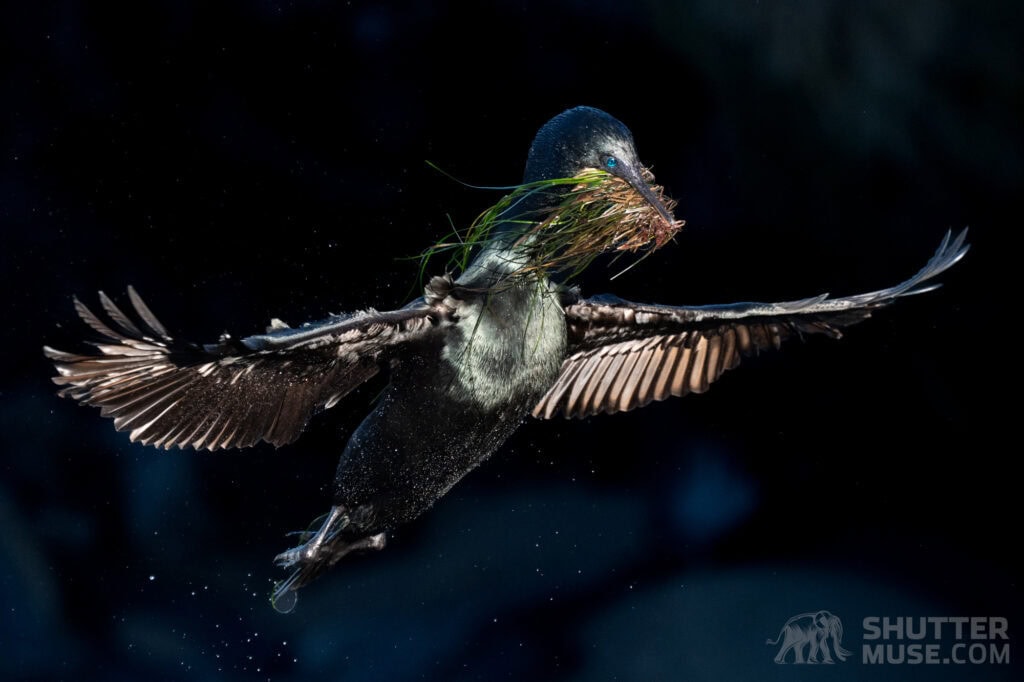
Super-telephoto lenses certainly have their merits for wildlife photography. However, medium-telephoto frames in the 70-400mm range are also a fantastic way to round out a portfolio of images from a particular location or of a specific species. Having this lens on a second camera alongside a longer focal length always pushes me to seek out different compositions that place my subjects in an environment and help to tell a story.
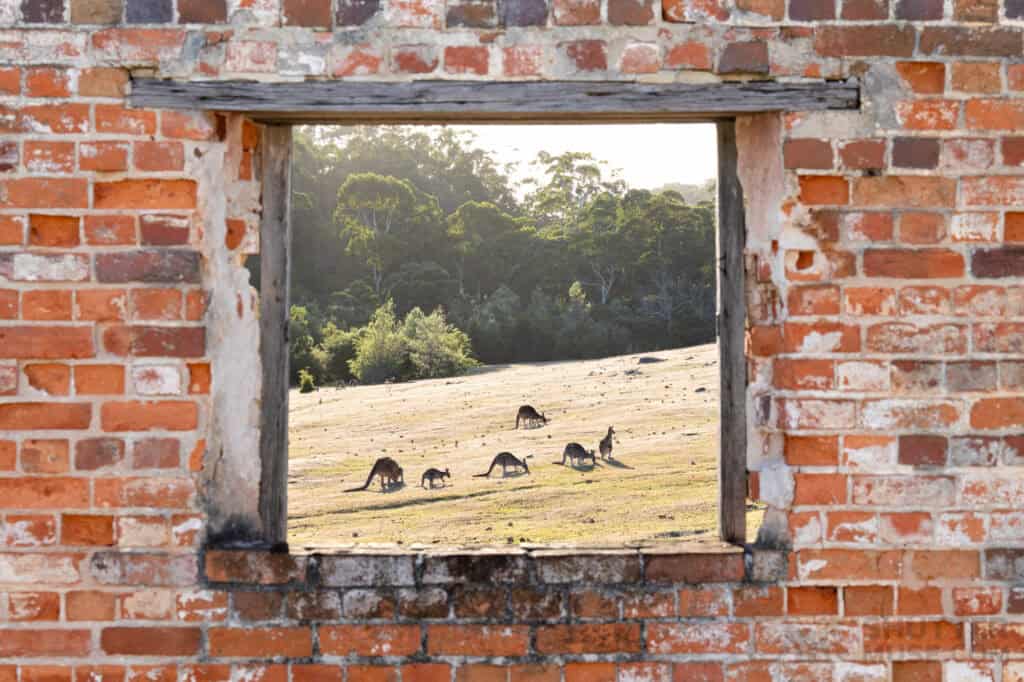
Should You Still Buy the Sony 70-200mm f2.8 GM II for Wildlife Photography in December, 2025?
Yes. While it’s true that full-frame camera users will probably need a longer focal length option much of the time, the 70-200mm GM II lens is a fantastic second lens that’s more than capable of producing tack-sharp images with either teleconverter to fill the focal length gap below the 400-800mm, the 400mm GM or 600mm GM. This is one of the genuinely great all-rounders in the Sony E-Mount lens lineup.
Sony 100-400mm f/4-5.6 GM
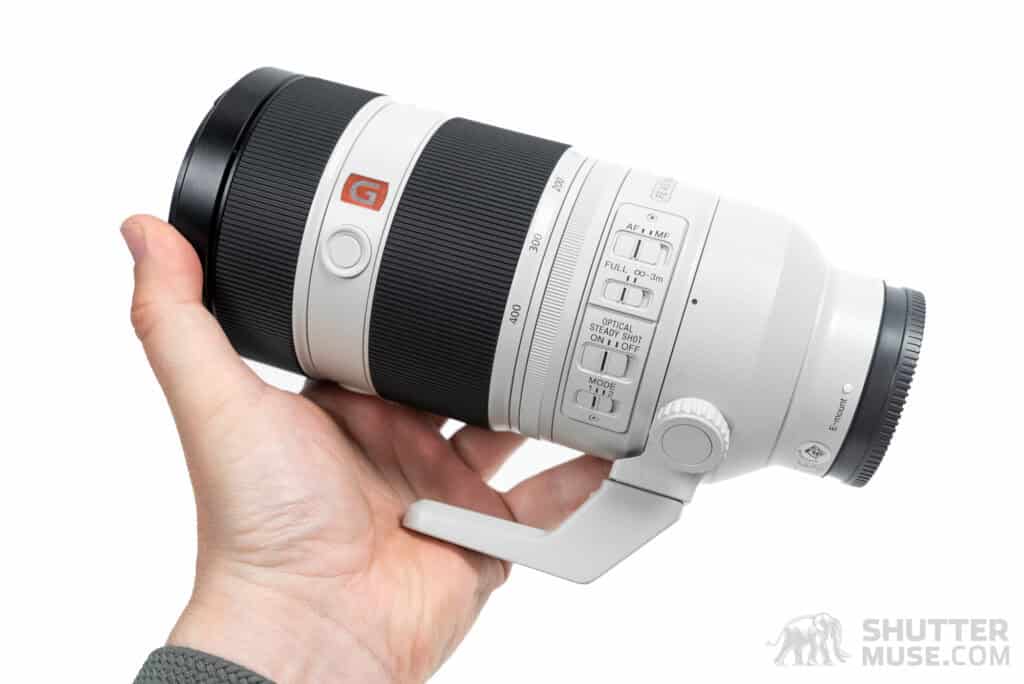
- Release Date – 19th April, 2017
The Sony 100-400mm f/4.5-5.6 GM lens is a compact telephoto zoom weighing 3.1 lb (1395 g). Unlike the other Sony G Series zooms in this guide, the 100-400mm GM lens is an extendable design. Collapsed at 100mm, its 8.07″ length is roughly equal to the Sony 70-200mm GM lens. Zoomed to 400mm, the lens extends to 11.2″. Though I typically prefer an internal zoom design, an extendable design keeps the lens’s physical size to a minimum, which makes sense as Sony markets this lens as a general-purpose travel zoom with enough reach for wildlife photography.
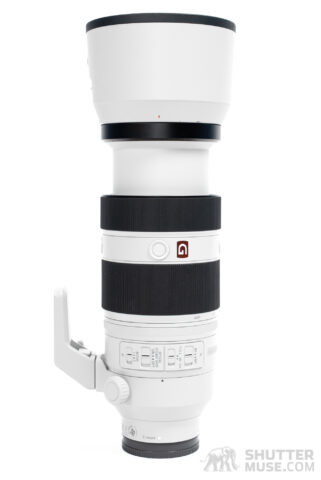
The 100-400mm GM lens performs reasonably well with the Sony 1.4x teleconverter, giving you a 140-560mm f/6.3-8 lens. That said, if you’re choosing between the 100-400mm and the Sony 200-600mm f/5.6-6.3, as many people try to do, you have a tough choice if you base the decision on image sharpness and not size/weight/handling. The 100-400mm GM is sharper in the 100-400mm range than the 200-600mm is. However, the 200-600mm is sharper than the 100-400mm with the 1.4x teleconverter.
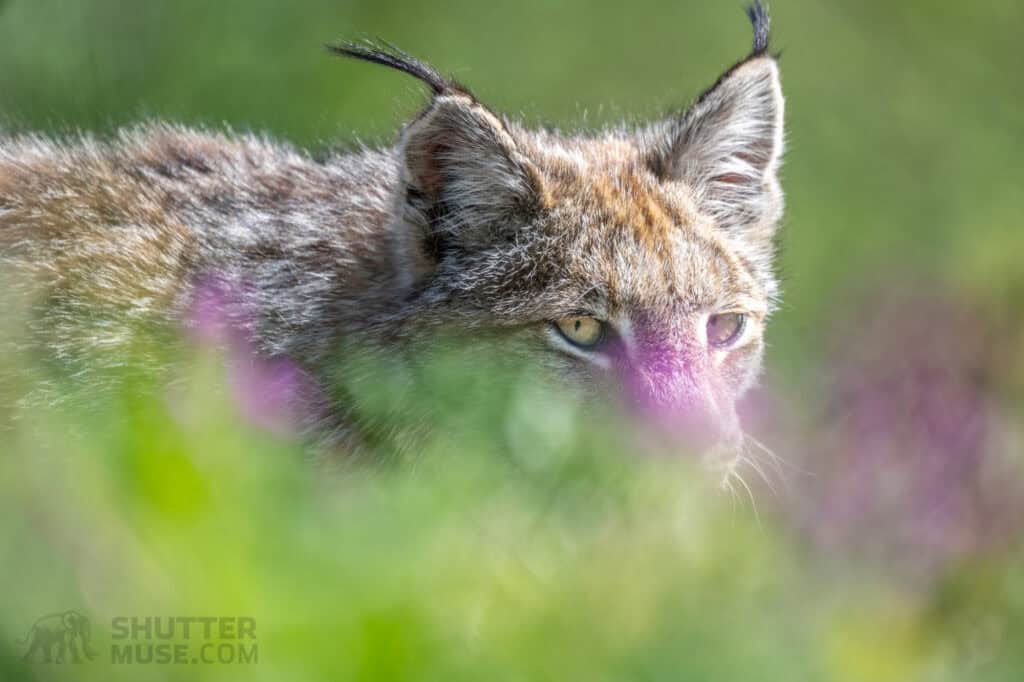
You can use the 2x teleconverter to give you a 200-800mm f/9-11 lens, but I was never satisfied with its performance, both from image sharpness and autofocus speed perspectives. Being one of Sony’s oldest lenses, the 100-400mm GM lacks the dual XD (extreme dynamic) Linear Motors found in most of the other lenses in this guide, instead relying on the previous generation Direct Drive Supersonic Wave Motor (DDSSM) system.
This lens’s most significant advantage over others in the guide is its excellent 0.35x maximum magnification, compared to 0.2x of the 200-600mm, 0.23x on the 400-800mm, and much less on all three super-telephoto primes. With a minimum focus distance of 38.6″(980mm) at 400mm, this magnification makes the lens an excellent choice for those who enjoy a spot of herping (searching for reptiles or amphibians) or flower photography as part of their nature and wildlife photography outings.
Should You Still Buy the Sony 100-400mm f/4-5.6 GM for Wildlife Photography in December, 2025?
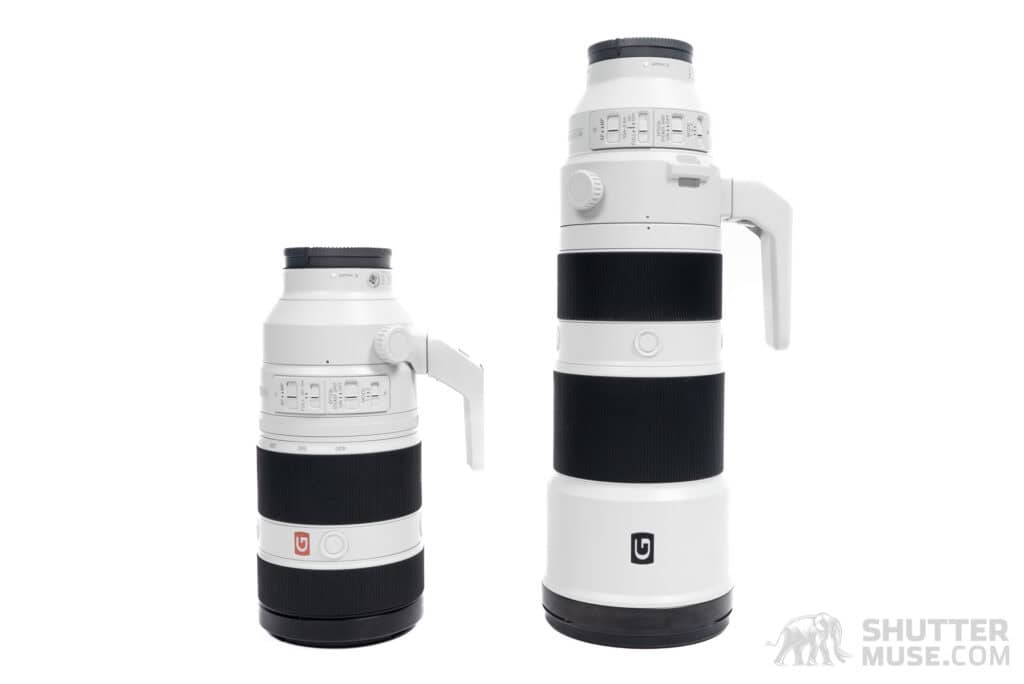
Maybe. Not only is the 100-400mm GM lens the oldest on this list and most likely for an imminent update, but I also find the 70-200mm f/2.8 GM II + teleconverters a more compelling and universally helpful option. The 70-200mm zooms internally, is lighter, has more magnification with the 2x teleconverter than the bare 100-400mm, and allows an f/2.8 aperture in the 70-200mm range.
On the other hand, if you can grab a 100-400mm GM on sale or pick up a fine second-hand copy, it’s still an excellent lens, particularly for APS-C users for whom a 100-400mm range may be all they need, so long as bird photography isn’t high on the list of priorities.
Sony 200-600m f/5.6-6.3 G
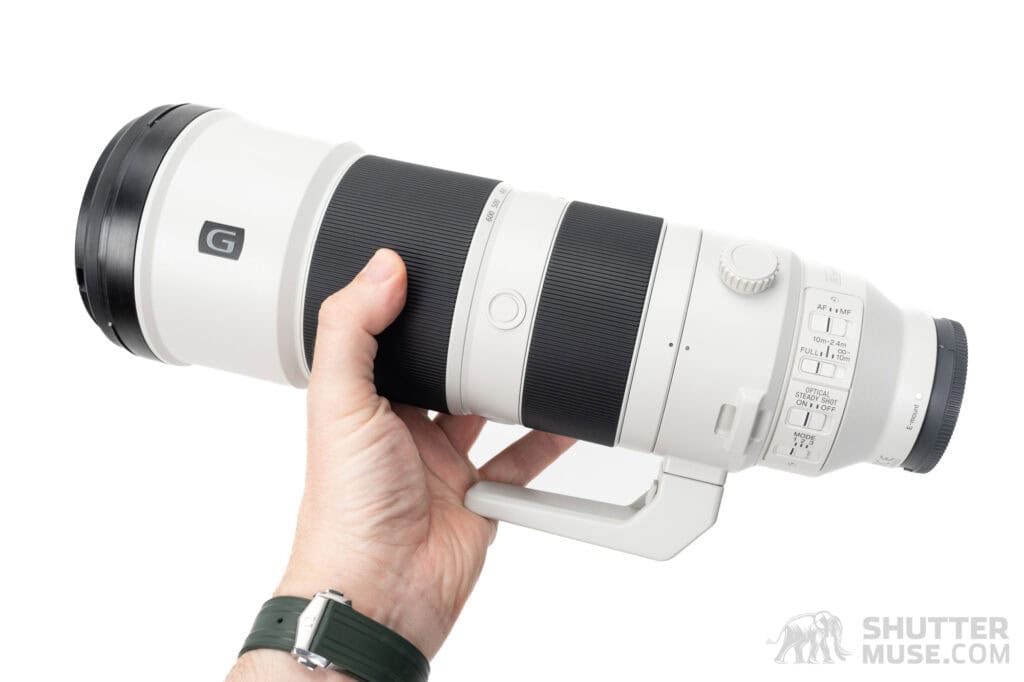
- Release Date – 11th June, 2019
When launched, the Sony 200-600mm f/5.6-6.3 G lens was a game changer. At the time, an internally zooming up-to-600mm lens with a $2000 price point was unheard of, and wildlife photographers flocked to the Sony system to use this lens. Other brands have followed suit, but this lens changed the telephoto lens landscape and ushered in a new era of affordable, relatively lightweight super-telephoto options.
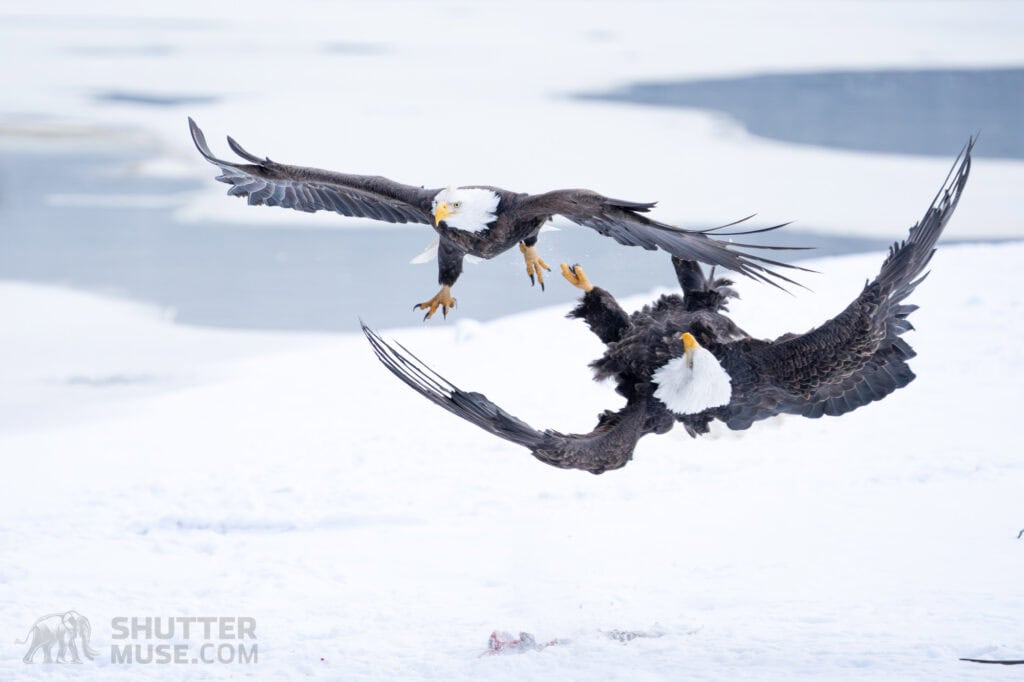
The 200-600mm G lens delivers excellent sharpness from 300-500mm, with only a minor dip at the scale’s 200mm and 600mm ends. Though this slight dip in sharpness is evident if you really peep the pixels, I never let it trouble me when I’m shooting. The difference is not so much as to make me avoid using those focal lengths. You’d have to look for the difference in side-by-side comparisons- it won’t jump out at you.
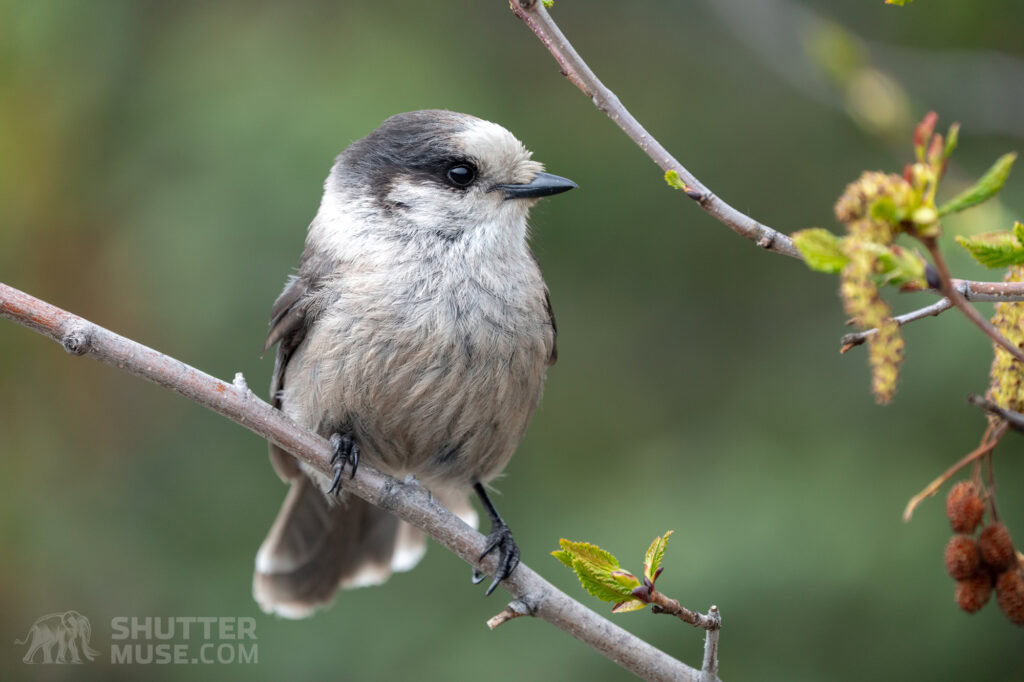
One thing this lens did more than any other in recent memory is put a super-telephoto focal length into the hands of people who previously couldn’t afford it. Sony should be thanked for that, but not everyone who bought the lens knows how to use it. Ignore the people on the internet who say this lens isn’t sharp. Those are people with poor telephoto lens techniques, usually testing it by photographing a mile-distant object at a too-slow shutter speed, thereby subjecting the lens to severe atmospheric haze and lens shake. I have seen this repeatedly, and I have to shake my head while I look at the fantastic wildlife images I created and sold professionally with my copy of this lens.
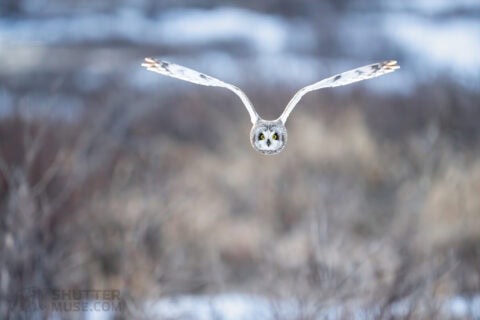


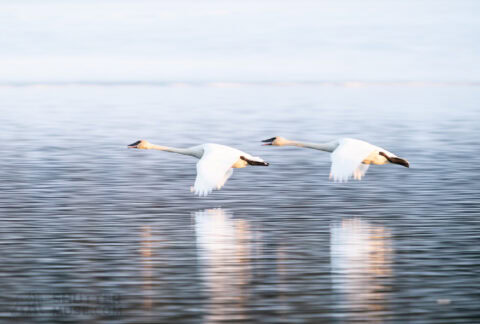
Can you get sharper images from other lenses? Sure! But to do so, you’ll have to spend, at a minimum, another $5000 (for a total of $7000) to step up to the 300mm f/2.8 GM and a pair of teleconverters. Or a further $10,500 (for a total of $12,500) for the 400mm f/2.8 GM and a 1.4x teleconverter. Or, go the whole hog and drop $13,000 on the 600mm f/4 GM. Even then, you won’t find many 400mm or 600mm prime owners who don’t then buy a mid-range telephoto zoom to fill that lower-end focal length gap. I often see those prime users, particularly the 600mm GM users, opting for the 200-600mm G lens in addition to their prime, to add the flexibility for wider below-600mm images. That was certainly my go-to pairing until the launch of the 300mm GM.
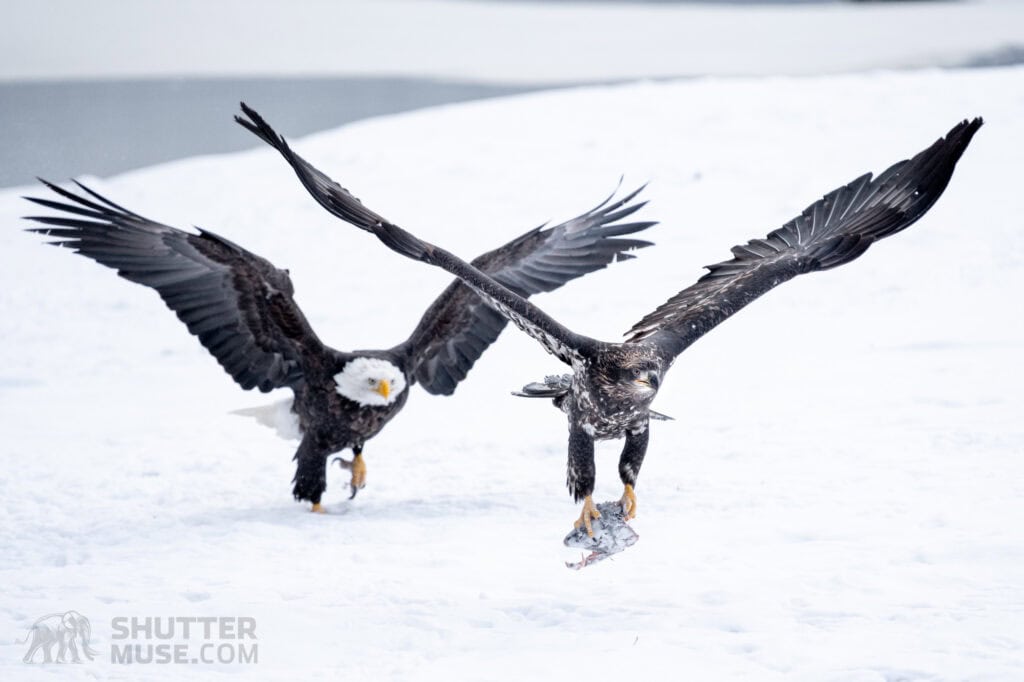
Adding a 1.4x teleconverter to the 200-600mm gives you a 280-840mm f/8-9 lens. This combination is popular with bird photographers and was somewhat recommended until the Sony 400-800mm G was introduced. Now, there is a tough choice to make. At 800mm, the 400-800mm is noticeably sharper than the 200-600 + 1.4x teleconverter combination while also offering a one-third stop aperture improvement – f8 vs. f/9. Still, the 200-600mm lens provides a better “one and done” focal range option in a single lens. I don’t recommend using this lens with a 2x teleconverter.
Should You Still Buy the Sony 200-600m f/5.6-6.3 G for Wildlife Photography in December, 2025?
Yes. The 200-600mm offers a do-it-all focal range that’s hard to beat for photographers who enjoy photographing a wide range of wildlife subjects, from large mammals to larger birds and raptors. Adding the Sony 1.4x teleconverters to get you an 840mm FOV delivers good results with smaller birds. This lens also pairs well with the 400mm GM or 600mm GM super-telephoto primes.
Sony 400-800mm f/6.3-8 G
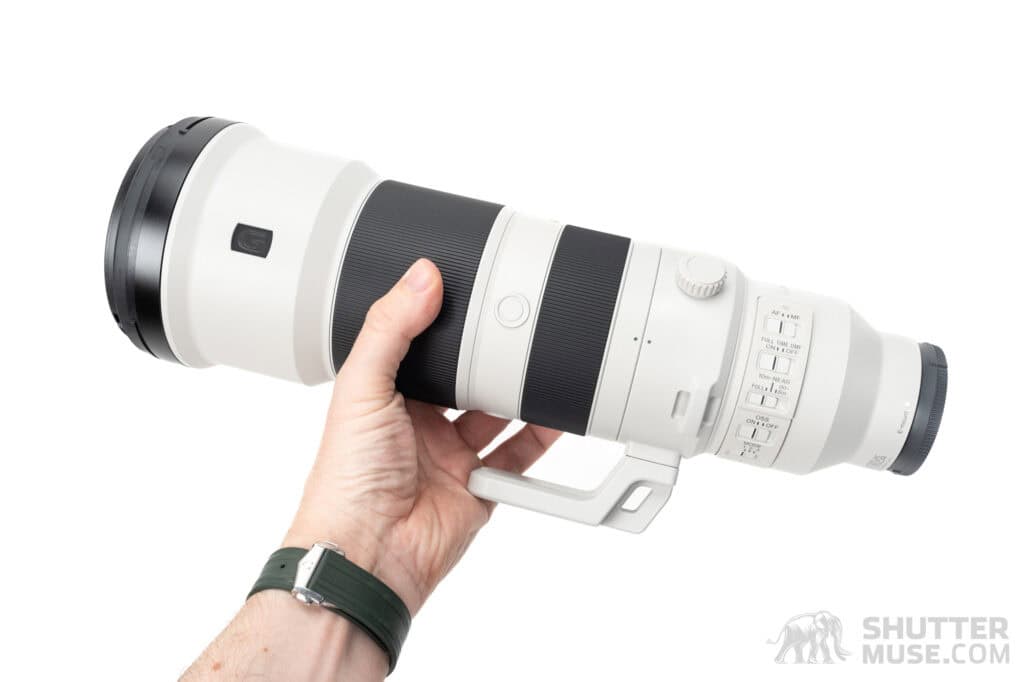
- Release Date – 26th February, 2025
The Sony 400-800mm f/6.3-8 lens builds on the success of the 200-600mm G lens while offering 200mm of additional reach, making it perfect for bird photographers. The downside of this lens is its relatively small maximum aperture of f/6.3 @400mm and f/8 from 600mm through to 800mm, making higher ISOs a necessity in low light. In saying that, there aren’t any other options in Sony’s lineup that get you to 800mm without a teleconverter, and the faster 400mm and 600mm GM lenses cost $10,000 more. The 200-600mm lens with the 1.4x teleconverter gets you to 840mm, but you’ll be at f/9, and the resulting images are nowhere near as sharp as the 400-800mm is at 800mm.
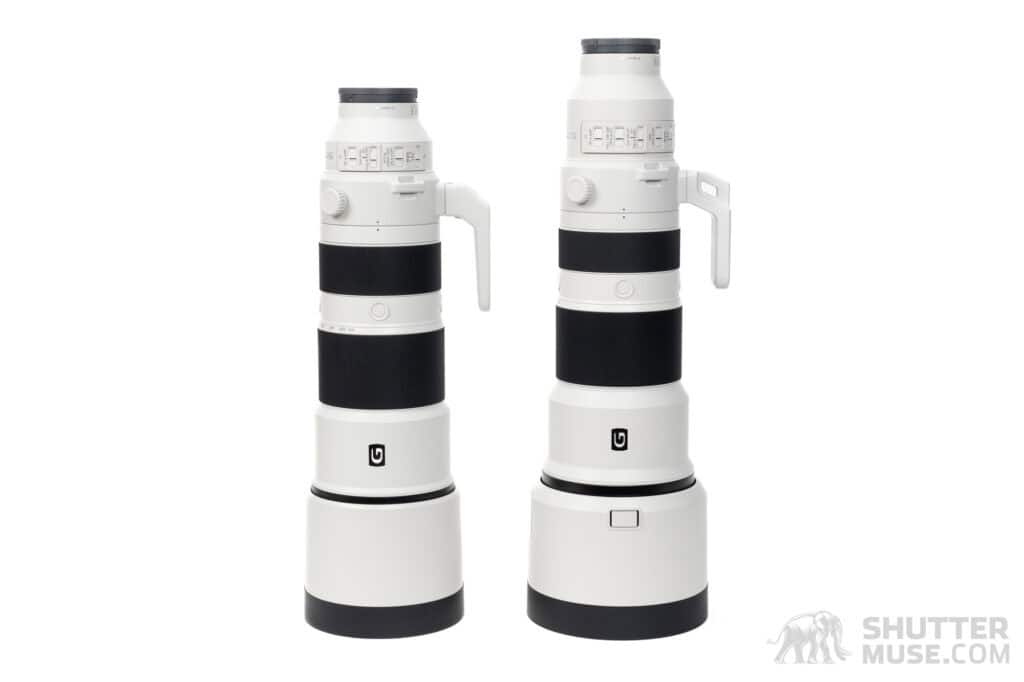
Like the similar-looking 200-600mm lens, the 400-800mm zooms internally from one end of its range to the other with only a short twist of the zoom ring. Bird-in-flight photographers will appreciate the ability to use 400mm to find the bird in the viewfinder and then quickly zoom in after focus acquisition. The 400-800mm G lens weighs 5.45 lb (2470g), making it 17% heavier than the 200-600mm G lens, which is noticeable during a day’s shooting.
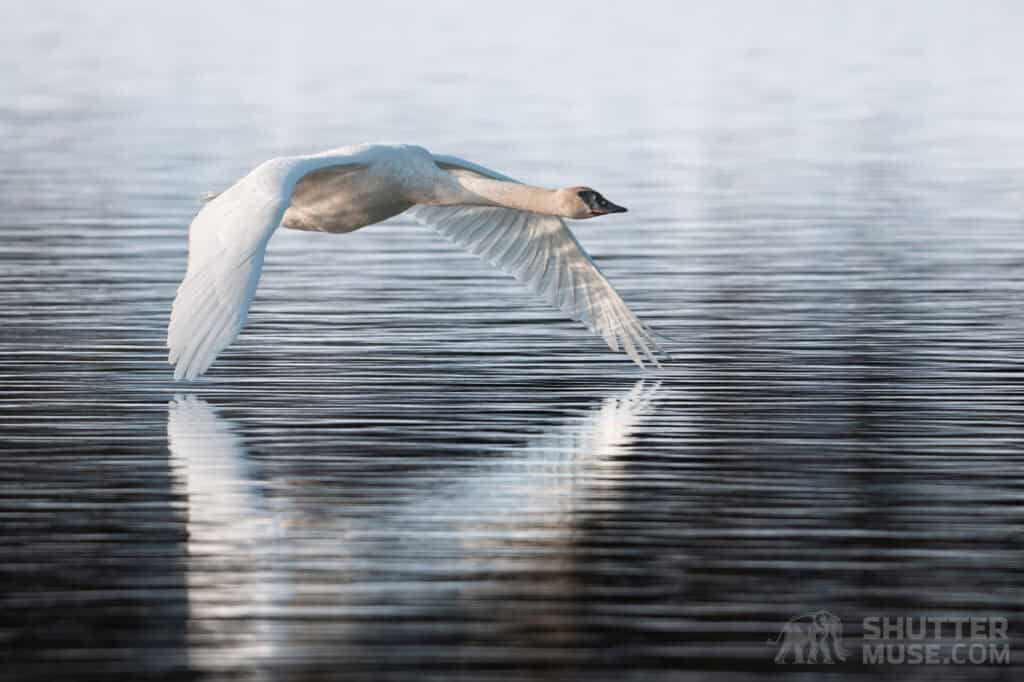
Also worth remembering is that the “short” 400mm end of this zoom’s range is still quite long. If I’m fixated on bird photography for the day, I can be happy with just the 400-800mm lens. If I’m unsure what I’ll find, or I know I will encounter larger mammals in picture-worthy environments (grasslands, savannah, fall-color foliage), I need to pack my 70-200mm f/2.8 with extenders or my 300mm f/2.8 GM lens to give me something wider than 400mm.
Should You Still Buy the Sony 400-800mm f/6.3-8 G for Wildlife Photography in December, 2025?
Yes. The Sony 400-800mm lens is excellent for wildlife photographers who enjoy photographing various subjects, including small birds. It’s also a terrific update for 200-600mm G lens users who find themselves running out of focal length at 600mm and are dissatisfied with the 200-600mm lens’s performance with the 1.4x teleconverter.
Sony 300mm f/2.8 GM
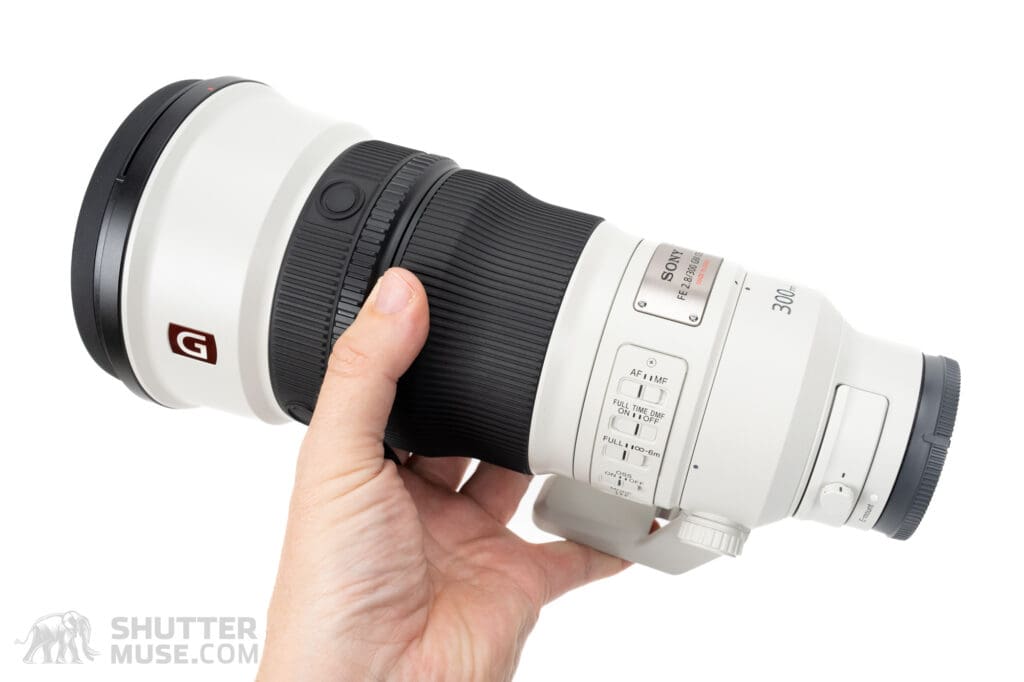
- Release Date – November 7th, 2023
- Related Links – Sony 300mm f/2.8 GM performance with teleconverters
Sony wildlife photographers waited a long time for a 300mm f/2.8 lens, but it doesn’t disappoint. The lens weighs just 3.24 lb (1470g), making it considerably lighter than the 400mm GM, 600mm GM, 200-600 G, 400-800G, and, remarkably, less than 100g heavier than the 100-400mm GM. The diminutive size and weight make handling a dream for birds in flight and use in confined spaces such as hides, small boats, and safari vehicles. It also makes it an excellent option for older photographers who have difficulty handling the larger, heavier 400mm GM and 600mm GM.
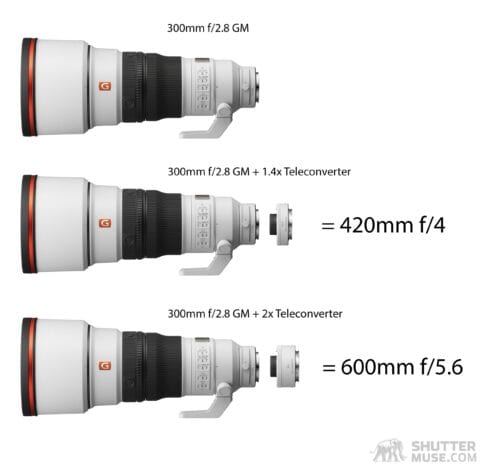
While a 300mm lens isn’t enough focal length for most serious wildlife photographers, the lens’s focal length flexibility and handling with teleconverters make this lens appealing. With the 1.4x teleconverter attached to the 300mm f/2.8 GM, the lens becomes a 420mm f/4. With the 2x teleconverter attached, it becomes a 600mm f/5.6. My tests of this lens 300mm GM with teleconverters revealed incredible performance. It it sharper with and without teleconverters than any of the zoom lenses in this guide, while also offering a larger maximum aperture at focal lengths of 300mm, 420mm and 600mm.

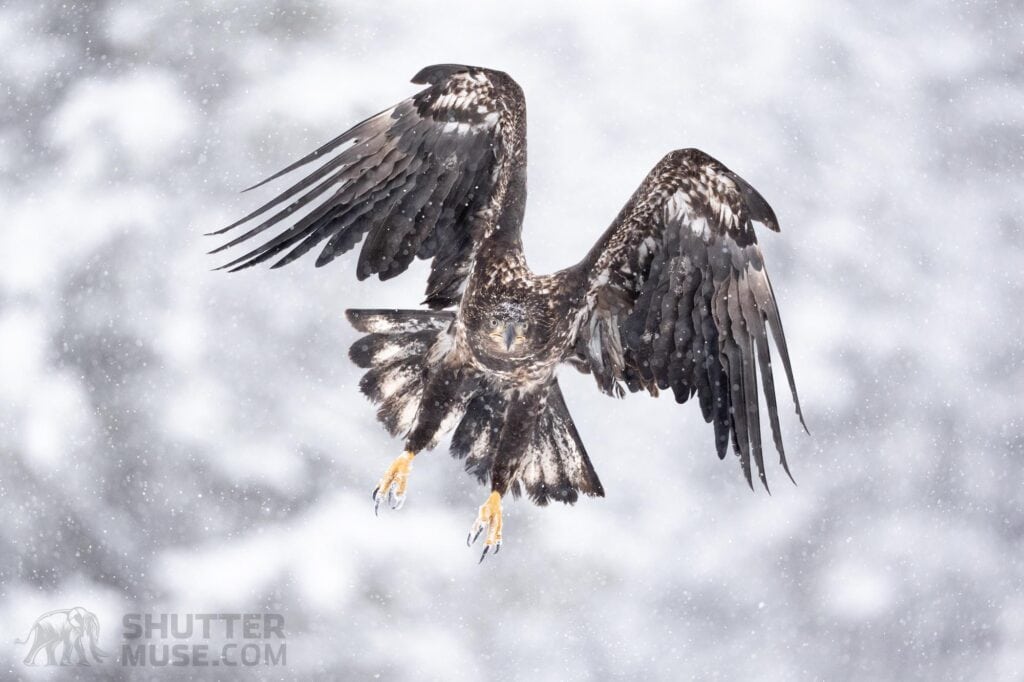
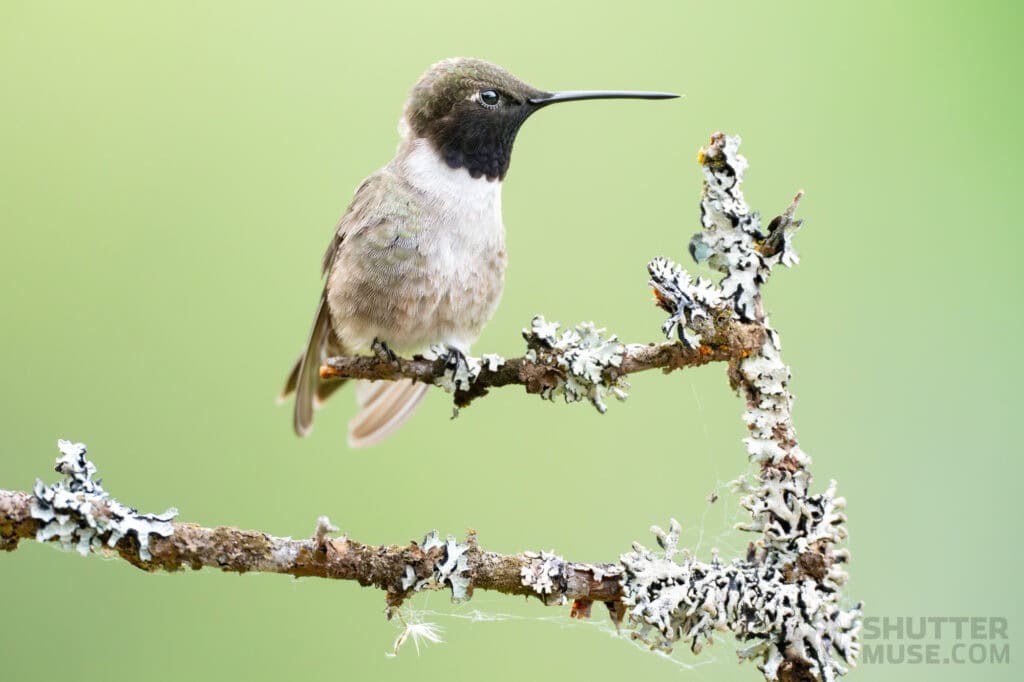
Should You Still Buy the Sony 300mm f/2.8 GM for Wildlife Photography in December, 2025?
Yes. The 300mm GM is one of the sharpest lenses Sony has ever produced and takes teleconverters better than any other lens in its lineup. This lens is exceptional if you don’t photograph many small animals and birds and don’t need to exceed 600mm, or if the birds are relatively approachable. It also pairs perfectly with the 600mm GM and is a fantastic option for older photographers struggling to hold other super-telephoto lenses steadily. I believe you can even make a strong case for buying two of these lenses, if budget allows.
Sony 400mm f/2.8 GM
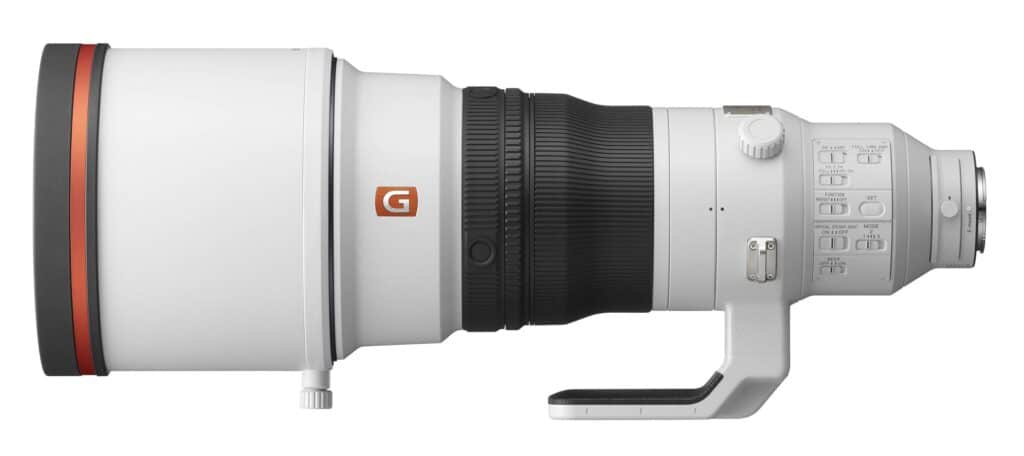
The Sony 400mm f/2.8 GM has the fastest maximum aperture of any 400mm-capable lens in the E-Mount lineup. It’s one stop faster than the 300mm f/2.8 GM + 1.4x teleconverter combination that delivers f/4 at 420mm. It’s two stops faster than the 100-400mm GM at 400mm and 2 1/3 stops faster than the 200-600mm G and 400-800mm G lenses at 400mm. In other words, this lens is a low-light monster, ideally suited to wildlife photography in darker forest or jungle environments or early morning or late evening safaris.
With a 1.4x teleconverter on it, the lens becomes 560mm with an f/4 aperture. This is close to the 600mm f/4 GM specifications, although a small amount of optical softening and contrast reduction is present if you closely peep those pixels. Stopping down 2/3 of a stop brings it back in line with the bare 600mm GM.


The 400mm f/2.8 vs. 600mm f/4 debate is an absolute classic. I can’t make that choice for you without knowing what you like to shoot and where you want to do your photography. Specialist bird photographers should opt for 600mm because its ability to shoot at 1200mm with a 2x teleconverter will occasionally be helpful, and its 840mm results are much sharper than the 400mm GM with a 2x teleconverter at 800mm. Photographers who prefer mammals, with perhaps only very occasional bird photography, should look at the 400mm.
Should You Still Buy the Sony 400mm f/2.8 GM for Wildlife Photography in December, 2025?
Yes. Most wildlife photographers consider a 400mm f/2.8 GM or a 600mm f/4 GM their holy grail super-telephoto. If you’re in Camp 400, preferring the wider maximum aperture or lighter weight in exchange for the maximum focal length, you can’t beat it in the Sony lineup.
Sony 600mm f/4 GM

The Sony 600mm f/4 GM is the lightest lens in its class. Though its 6.7lb (3040 g) weight is not light, many people find it hand-holdable for limited periods, which could never be said for previous generation 600mm f/4 lenses for DSLR systems. Still, you will undoubtedly know you’re carrying this lens in your bag. Travel must be planned, and on-foot exploration routes and distances must be considered accordingly. Your efforts will be rewarded with exceptional image quality across the frame, even wide open at f/4.
A fact that will surprise some people is that the background blurring abilities of the 600mm f/4 exceed those of the 400mm f/2.8 due to the lens’s increased focal length. For example, a subject at 10ft will have a 3-inch depth of field with a wide open 400mm f/2.8 lens. The DoF will reduce to just two inches with the 600mm wide open at f/4. In other words, the 600mm GM is the ideal lens for simplifying busy backgrounds and isolating your subject.
I will happily use this lens with the 1.4x teleconverter all day, giving me an 840mm f/5.6. I find the image sharpness of the combination to be excellent, and I never feel the need to stop down the aperture to increase it. This combination’s razor-thin depth of field gives you incredible, addictive subject isolation, helpful in photographing wildlife with high-contrast busy backgrounds. Autofocus performance is excellent with this combination.

The 600mm GM also performs extremely well with the 2x teleconverter, giving you a 1200mm f/8 lens perfect for skittish small mammals and small to medium-sized birds. When using the 2x teleconverter, I prefer to stop down at least one-third stop to bring back a little contrast and sharpness. However, this choice will always be balanced with higher ISO noise, and I have no hard and fast rules. Autofocus performance at 1200mm is good with a Sony a1 but noticeably better with the a9 III, a1 II, and presumably future Sony cameras released beyond those two.

The lens’s ability to produce great images at 1200mm is probably its biggest drawcard over the 400mm GM, which tops at 800mm. Since the subject area within your frame is proportional to the square of the focal length, a subject photographed with the 600mm GM and a 2x teleconverter will have an area 2.25x greater than one photographed with the 400mm and a 2x teleconverter.
Should You Still Buy the Sony 600mm f/4 GM for Wildlife Photography in December, 2025?
Yes. The Sony 600mm f/4 GM is the ultimate wildlife photography lens for many people. Tack sharp images wide open at f/4 leave you with outstanding subject isolation capabilities. Its excellent performance with teleconverters will thrill bird photographers at 840mm and 1200mm. You won’t be disappointed if you can stomach the size, weight, and eye-watering price.
Sony Wildlife Lens Specifications Compared
| Lens | MFD | Max Mag’ | Weight | Price |
|---|---|---|---|---|
| Sony 200-600mm G | 7.87′ / 2.4 m | 0.2x | 4.65 lb / 2115 g | $2,099 |
| Sony 200-600mm G + 1.4x | 7.87′ / 2.4 m | 0.28x | 5.03 lb / 2282 g | $2,699 |
| Sony 200-600mm G + 2x | 7.87′ / 2.4 m | 0.4x | 5.12 lb / 2322 g | $3,299*1 |
| Sony 400-800mm G | 11.5′ / 3.5 m | 0.23x | 5.45 lb / 2470 g | $3,299 |
| Sony 400-800mm G + 1.4x | 11.5′ / 3.5 m | 0.32x | 5.81 lb / 2637 g | $3,899 |
| Sony 400-800mm G + 2x | 11.5′ / 3.5 m | 0.46x | 5.90 lb/ 2677 g | $4,499 |
| Sony 300mm f/2.8 GM | 6.57′ (2 m) | 0.16x | 3.24 lb / 1470 g | $6,499 |
| Sony 300mm f/2.8 GM + 1.4x | 6.57′ (2 m) | 0.22x | 3.61 lb/ 1637 g | $7,099 |
| Sony 300mm f/2.8 GM + 2x | 6.57′ (2 m) | 0.32x | 3.70 lb / 1677 g | $7,699*1 |
| Sony 400mm f/2.8 GM | 8.86′ / 2.7 m | 0.16x | 6.4 lb / 2895 g | $12,699 |
| Sony 400mm f/2.8 GM + 1.4x | 8.86′ / 2.7 m | 0.22x | 6.75 lb / 3062 g | $13,299 |
| Sony 400mm f/2.8 GM + 2x | 8.86′ / 2.7 m | 0.32x | 6.84 lb /3102 g | $13,899*1 |
| Sony 600mm f/4 GM | 14.8′ / 4.5 m | 0.14x | 6.70 lb / 3040 g | $13,699 |
| Sony 600mm f/4 GM + 1.4x | 14.8′ / 4.5 m | 0.2x | 7.07 lb / 3207 g | $14,299 |
| Sony 600mm f/4 GM + 2x | 14.8′ / 4.5 m | 0.28x | 7.16 lb/ 3247 g | $14,899*1 |
Sony Teleconverter Specifications
| Teleconverter | Weight | Length | Diameter | Price |
|---|---|---|---|---|
| Sony 1.4x Teleconverter | 5.9 oz / 167 g | 1.3″ / 33.6 mm | 2.5″ / 63.5 mm | $600 |
| Sony 2x Teleconverter | 7.3 oz / 207 g | 1.68″ / 42.7 mm | 2.5″ / 63.5 mm | $600 |
Sony Telephoto Zoom Apertures With Teleconverters
| Lens | 70mm | 100mm | 200mm | 300/ 320mm | 400mm | 500mm | 560mm | 600mm | 800/ 840mm | 1200mm | 1600mm |
|---|---|---|---|---|---|---|---|---|---|---|---|
| Sony 70-200mm f/2.8 GM II | f/2.8 | f/2.8 | f/2.8 | f/4*1 | f/5.6*2 | N/A | N/A | N/A | N/A | N/A | N/A |
| Sony 70-200mm f/4 G II Macro | f/4 | f/4 | f/4 | f/5.6*1 | f/8*2 | N/A | N/A | N/A | N/A | N/A | N/A |
| Sony 100-400mm f/4.5-5.6 GM | N/A | f/4.5 | f/5.6 | f/5.6 | f/5.6 | f/8*1 | f/8*1 | f/11*2 | f/11*2 | N/A*2 | N/A |
| Sony 200-600mm f/5.6-6.3 G | N/A | N/A | f/5.6 | f/6.3 | f/6.3 | f/6.3 | f/6.3 | f/6.3 | f/9*1 | f/13*2 | N/A |
| Sony 400-600mm f/6.3-8 G | N/A | N/A | N/A | N/A | f/6.3 | f/7.1 | f/7.1 | f/8 | f/8 | f/11*1 | f/16*2 |
*1 using 1.4x teleconverter
*2 using 2x teleconverter
Sony GM Super Telephoto Prime Apertures With Teleconverters
| Lens | 300mm | 400/420mm | 560/600mm | 800/840mm | 1200mm |
|---|---|---|---|---|---|
| Sony 300mm f/2.8 GM | f/2.8 | f/4*1 | f/5.6*2 | N/A | N/A |
| Sony 400mm f/2.8 GM | N/A | f/2.8 | f/4*1 | f/5.6*2 | N/A |
| Sony 600mm f/4 GM | N/A | N/A | f/4 | f/5.6*1 | f/8*2 |
*1 using 1.4x teleconverter
*2 using 2x teleconverter

